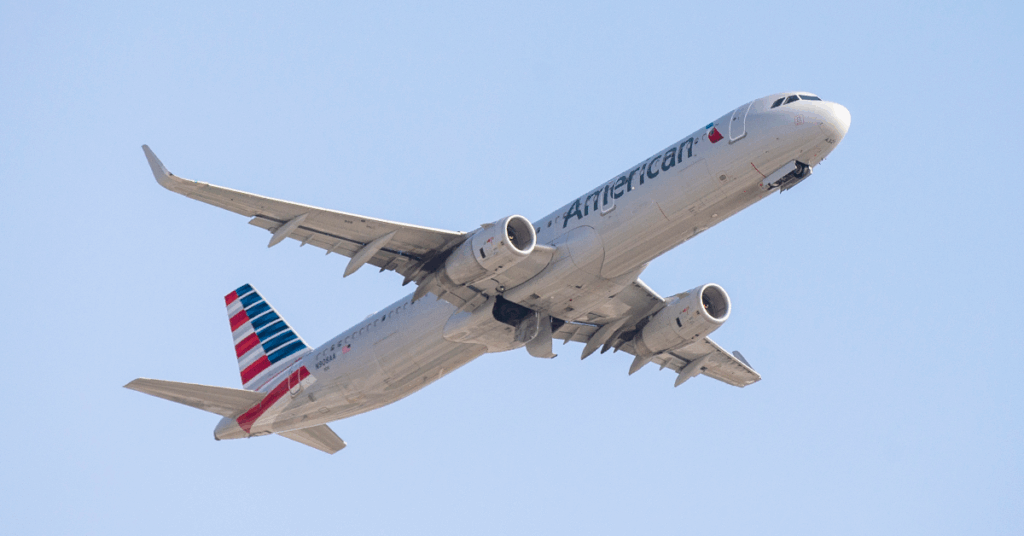Advertiser & Editorial Disclosure: The Bulkhead Seat earns an affiliate commission for anyone approved through the links below. This compensation may impact how and where links appear on this site. We work to provide the best publicly available offers to our readers. We frequently update them, but this site does not include all available offers. Opinions, reviews, analyses & recommendations are the author’s alone, and have not been reviewed, endorsed, or approved by any of these entities.
American Airlines flight AA 2118 was traveling from Orlando International Airport (MCO) to Phoenix Sky Harbor International Airport (PHX) when it had to make an unscheduled landing on November 23rd after the crew reported fumes in both the flight deck and the cabin. The incident prompted an immediate diversion to Houston, where the aircraft landed safely at George Bush Houston Intercontinental Airport (IAH).
American Airlines confirmed that four crewmembers and one passenger were transported to a hospital in Houston as a precaution. The flight was operated by an Airbus A321. The Federal Aviation Administration (FAA) has opened an investigation and noted in its preliminary writeup that the crew detected fumes during the flight, which prompted the diversion. After landing, passengers continued their journey to Phoenix Sky Harbor International Airport (PHX) on a replacement aircraft.
Reports of fumes onboard aircraft have received heightened attention in recent years. Although aviation unions and industry experts emphasize that such events have occurred for decades, they are typically tied to maintenance issues rather than mechanical failure during flight.

Many modern aircraft use a bleed air system, which draws compressed air from the engines into the cabin. Under normal conditions, the system is safe. However, when engine oil levels are accidentally overfilled or when maintenance procedures are not followed precisely, vapors can enter the air supply, creating fumes that may cause discomfort or illness among passengers and crew.
Delta Air Lines flight DL 59 from London Heathrow Airport (LHR) to Boston Logan International Airport (LHR) was forced to make an emergency return in October after fumes were reportedly detected in the cockpit shortly after takeoff. The Airbus A330-900neo, carrying 259 passengers, had departed around 10:00 AM local time and was climbing over the coast of Cornwall when the crew made the call to turn around.
Back in November 2023, Frontier Airlines flight F9 990 was met by the local fire department upon landing due to a complaint of fumes throughout the cabin. Crew in the rear of the aircraft began to feel ill and reported it to the captain. The flight departed Denver International Airport (DEN) on schedule and made it to its destination of San Antonio International Airport (SAT) without needing to divert. Passengers were unaware of the situation and not impacted by the odor. But, it was so potent that upon arrival, the plane was tested for toxic gases.
For this latest incident, American Airlines released the following statement without much explanation:
On November 23rd, American Airlines flight 2118 landed safely and taxied to the gate under its own power at Houston (IAH) following reports of an odor on board.”
Anthony’s Take: I can’t imagine having to sit through fumes so bad that they sent people to the hospital. These incidents are not common, but when they do occur they must be so scary. I hope that those who went for medical treatment have a speedy recovery.
(Image Credits: American Airlines.)
User Generated Content Disclosure: The Bulkhead Seat encourages constructive discussions, comments, and questions. Responses are not provided by or commissioned by any bank advertisers. These responses have not been reviewed, approved, or endorsed by the bank advertiser. It is not the responsibility of the bank advertiser to respond to comments.
Advertiser & Editorial Disclosure: The Bulkhead Seat earns an affiliate commission for anyone approved through the links above This compensation may impact how and where links appear on this site. We work to provide the best publicly available offers to our readers. We frequently update them, but this site does not include all available offers. Opinions, reviews, analyses & recommendations are the author’s alone, and have not been reviewed, endorsed, or approved by any of these entities.
